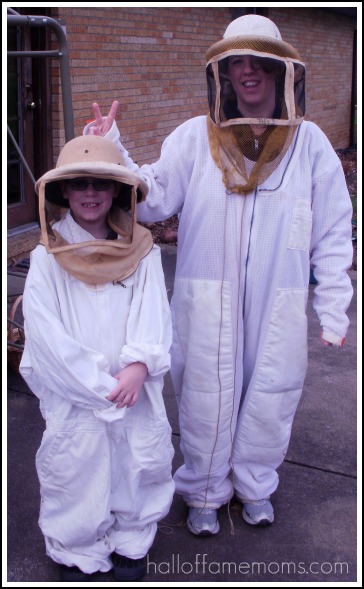
One day on Facebook…
I saw an article being shared on Facebook about honey at the stores not being “real” honey. The article said that some honey has been tested and found to be missing pollen.
Apparently, based on what I’ve learned from reading and talking to a local beekeeper friend, whom my husband and I have known for awhile, when honey is heated hot enough and filtered the important health benefits of honey are diminished or lost.
As a result, buying honey off the store shelf… even honey that has only “honey” listed as its only content – can’t be trusted as being the “healthy” kind of honey I want.
Now, I’m no expert on honey, I’m just telling you what I’ve learned and how things came about. You can do your own research on raw honey vs. store-shelf honey and the health benefits of or lack thereof of each. I do share some links at the end of this post for further research for personal or homeschooling benefit.
Back to Facebook…
So, I shared the article I mentioned and later a second article on raw honey with my Facebook friends and I tagged our friend, Mike Gillmore who shared his knowledge of honey with us. I also requested to buy some of his honey because he is a local beekeeper (I think he does it kind of as a hobby). And yeah, I told him I wanted to do a story about him, being local and all, for my blog.
I never really understood what made his kind of honey better than what I’d find at the store. I thought I could buy a bottle of store bought honey cheaper than Mike’s raw honey which was $5 a pound. Little did I know what I risked “not getting” by doing so. Now I see his $5 a pound raw honey as a great deal plus I’m supporting a local resource .
Turns out I wasn’t the only one on Facebook who was paying attention to this conversation- nor the only one who cared about getting healthy honey.
Other Ohio folks who found Mike via all this “honey-talk” on Facebook began requesting to buy his honey too. In fact, my relatives a county or two away wanted some of this Massillon honey.
Sixteen pounds of Mike’s honey was bought just from my kin alone.
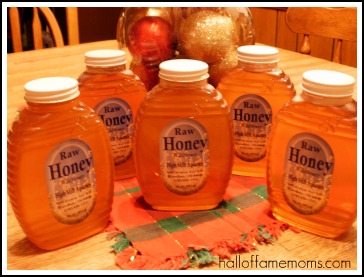
Before you watch the videos below:
Listen well and you may learn some interesting things about bees that you never knew.
At the end of this post I share some homeschooling resources to continue learning about bees as well as some other links about honey.
* Here is a list of questions or points of interest to keep in mind while watching the videos, listen for the answers from Mike:
- Mike went through sting-therapy to work with his bees.
- Did you know bees send out a “banana” smell-alarm?
- They also make a glue-like substance, listen for what its called.
- Do you know why Mike uses a “smoker”?
- How many pounds of honey do the bees need for themselves to make it through the winter?
- Whats the natural cell vs. a preset pattern refer to?
Part 1: The Inside of a Hive.
Part 2a: The Suit and The Smoker
Part 2b: The Bees, The Honey and The Hive.
To contact Mike Gillmore about his High Mill Apiaries
Raw Honey, call him at 330-830-1519.
……………………………………………………………….
For more information on bees consider these resources:
Books and videos at your local library.
Bees & Raw Honey
Visit Currclick and type in the search term “Bees” to pull up a list of homeschooling resources. ( I’m using my affiliate link here, if you purchase something from Currclick I earn a wee bit of change… very “wee”.) But I’ve bought & got LOTS of stuff from Currclick for free and very very low prices. They have so much to offer – even a “FREE” section. Currclick specializes in downloadable homeschooling products.
Honey Consumer Alert from Natural News
Like what you read here? Please subscribe here to get my updated posts delivered to your email inbox or RSS reader 🙂
*Also linking to Raising Homemakers.


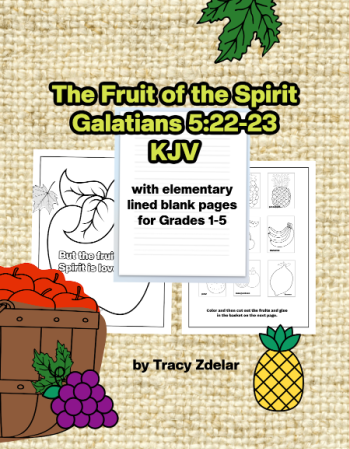
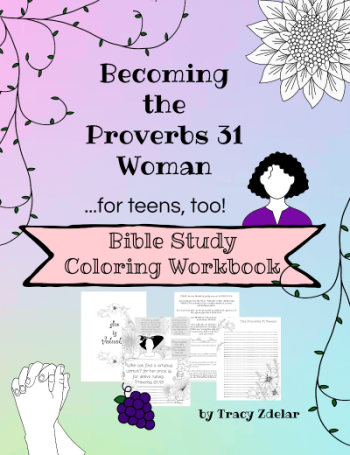


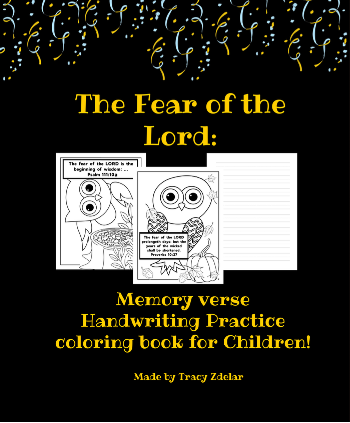
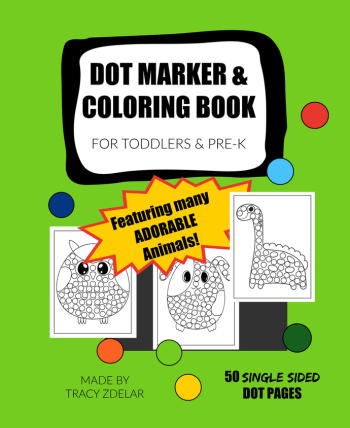
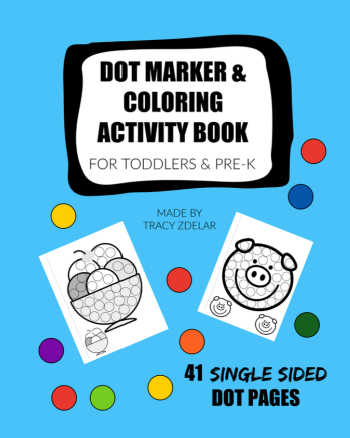

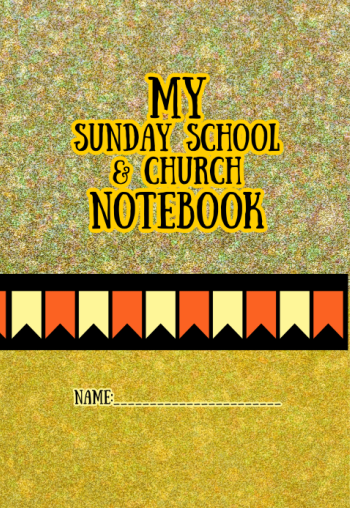

Aaron &a I were just talking about finding a local honey source! Can’t get much more local than this, thanks for sharing!